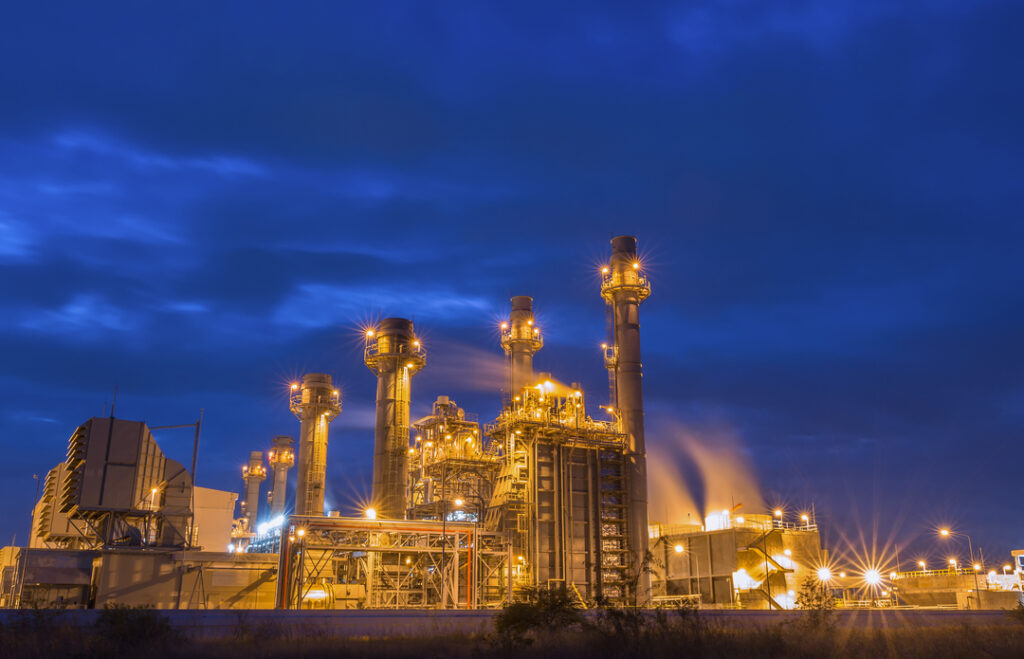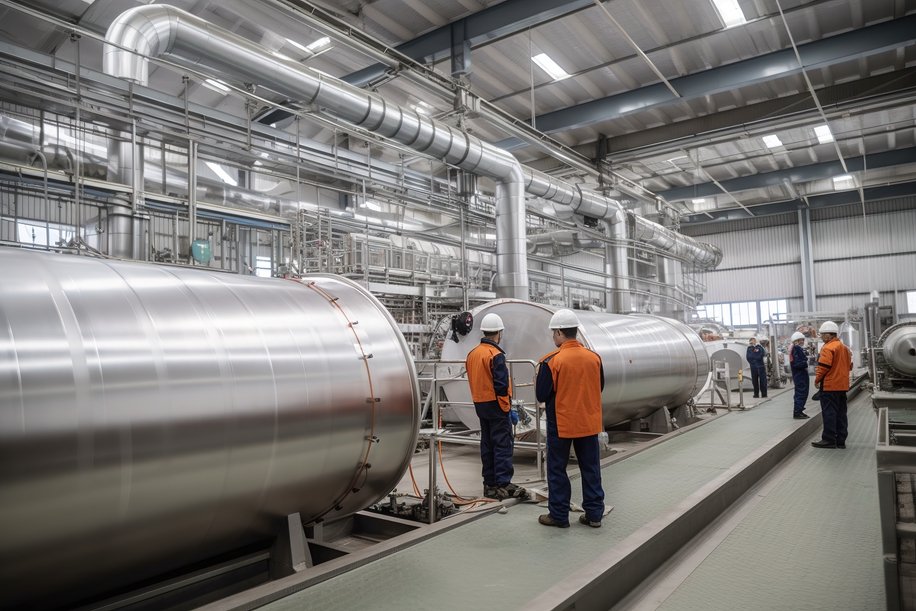Understanding the design process in new factory installations
The key to achieving an efficient production plant lies in its design. Whether you’re creating a brand new facility or simply assessing your current installations to make improvements, getting the design spot-on is essential to the production output.
In this article, we’re looking at manufacturing design in more depth – asking questions about the DFM process, fundamental principles and ongoing benefits to your business.
Introduction to Design for Manufacturing (DFM)
Put simply, DFM is a process applied to optimise manufacturing by looking closely at the design and parts used in a product’s manufacture. By using this approach, businesses can simplify production and achieve manufacturing efficiency.
The design piece is critical to achieving efficiency and increasing the speed and production output rates. Decisions made early on can have a huge impact on a product's final cost.
A formal DFM process looks at three key areas in depth:
The Methods – the process of building a product
The Machinery – the tools used to build a product
The Materials – the components put together to form the product
By placing each of the three Ms under the microscope, manufacturers can identify and quantify any inefficiencies in their production process. This enables you to eliminate or reduce issues with the manufacturing process before implementation.
For the process to work effectively, DFM must involve all stakeholders –the manufacturer, product specialist, designer, engineering team and materials suppliers. This cross-functional approach allows all parties to challenge the design and identify potential issues before implementation.
DFM is also an opportunity to check for any excess waste. By recognising where you might expect waste during production, certainly in terms of your materials, you can remove risk entirely or at least reduce it to drive down your costs.

The benefits of DFM are clear
Apply the DFM process before completing any new factory installation, and your production line can benefit from:
• A faster product development process (including any prototypes)
• A quicker time from the production line to the market
• Reduced downtime – remove issues, mistakes or faults quickly
• A higher-quality end product built using greater materials
How long does DFM take to complete?
Like any process, it depends on the complexity. Highly technical products involving multiple components, high volumes of machinery and several stages of production may take longer to assess in detail.
Steps to performing DFM include:
• Understanding the design intent – its objective and purpose
• Assessing the materials and their costs
• Reviewing the machining time
• Reviewing the tolerance and capability of the proposed methods
• Reviewing the cost of each single part
• Assessing the assembly line and order
• Assessing the number of tools required to build
• Review the production line safety
• Review the end product safety
On average, most DFM projects take about two weeks to complete – which is a relatively small timeframe given the significant impact on productivity and profitability.

Can DFM apply to an existing installation?
The DFM process is equally critical post-installation to look for production inefficiency and reduce manufacturing costs. Issues with machinery and electrical installations can put a huge strain on your production output.
By applying a DFM process to an established product, any issues in the methods, machinery and materials can be picked up and resolved before major problems occur.
Think of it as a health check for your production plant to help you make key production changes and increase efficiency.
At AES, we offer a free site survey to assess your production process. In particular, our team looks to uncover inefficiencies and opportunities to automate processes and streamline production.
Working with AES
AES can assist with the machinery aspect of your DFM process. As well as ensuring machinery is fit for purpose, as efficient as possible and correctly installed, we can design bespoke automation systems to further improve efficiency and minimise downtime.
We’ll assess your production process to fully understand which areas can benefit most from control and automation enhancements. In existing installations this will often centre around those processes where the equipment is unreliable or keeps breaking down, disrupting the process and having a considerable impact on production outputs.
AES personnel are also accredited to work in ATEX areas and with CompEx certified machinery.
If you’d like to learn more about how AES can keep your machinery safe and efficient, get in touch with our expert team.

Our guide to building energy management systems
Building energy management systems (BEMS) are systems that allow you to monitor, control, and optimise the energy used within your building. The phrase building energy management system (BEMS) is often used interchangeably with the phrase building management system (BMS), but there are some differences. A BEMS is focused on energy-related systems such as lighting, heating, […]
Read more
How far does power travel and what impact does distance have on performance
It’s easy to take our electricity supply for granted. We flick a switch and instantly have light or power. We don’t even think about it unless there’s an issue or an outage. But when there is an issue or outage, the impact can be significant. For manufacturers, even the smallest change in power can make […]
Read more
Why visibility of the production process is so important
Operational excellence, efficiency and quality are top priorities for almost every manufacturer worldwide. These things lead to improved productivity, happier customers and reduced waste – all of which result in increased profits. Visibility of the production process is the key to achieving these things. And manufacturers now have access to technology that can provide real-time […]
Read more
Will security lighting help to protect my staff?
Looking after the safety and well-being of employees should be a priority for any business. And while it’s not possible to mitigate every risk, there are measures you can take to improve their safety and security. One measure that is often overlooked is the installation of security lighting. When daylight disappears, visibility is reduced, increasing […]
Read more
Top 5 considerations when comparing electrical quotes
Budget is always a factor when you’re considering any type of upgrade, revamp, or maintenance work within your factory. But when it comes to electrical work, you have to consider more than just money. Don’t rush into accepting the cheapest electrical quotes without knowing exactly what you’re getting. Electrical work is not an area where […]
Read more
What is the role of companies in reducing our carbon footprint?
We should all be taking responsibility for protecting our planet and a big part of that is reducing our carbon footprint. But while it falls to all of us to do our bit, there is additional pressure on manufacturers, especially those with high carbon emissions. As an absolute minimum, these companies should ensure compliance with […]
Read more

